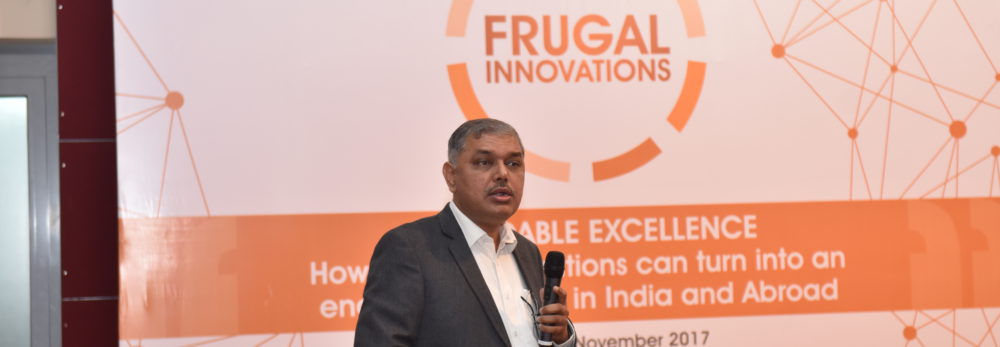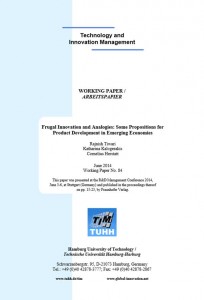A Report on the Schmalenbach-TUHH Symposium
By: Dr. Rajnish Tiwari
On the 9th and 10th October 2014 a well-received symposium on the topic of frugal innovation was held at the premises of Hamburg University of Technology (TUHH). The symposium, carrying the title “Frugal Innovation” und die Internationalisierung der FuE: Hintergründe, Strategien, Fallstudien (English title: “Frugal Innovation and the Internationalization of R&D: Backgrounds, Strategies and Case Studies”) was organized by the Working Group on Innovation Management of the Schmalenbach-Gesellschaft für Betriebswirtschaft e.V. (hereafter SG) in collaboration with the Center for Frugal Innovation (hereafter CFI) of TUHH. The symposium with close to 45 participants from the industry and academia was well-attended and saw some very interesting contributions by invited speakers. The insights generated here through a unique setting of business/academia interaction can potentially push the envelope of research and help expand the currently limited understanding of frugal innovations.
(Note: For a PDF version of this article click here, otherwise you may continue reading in HTML format)



